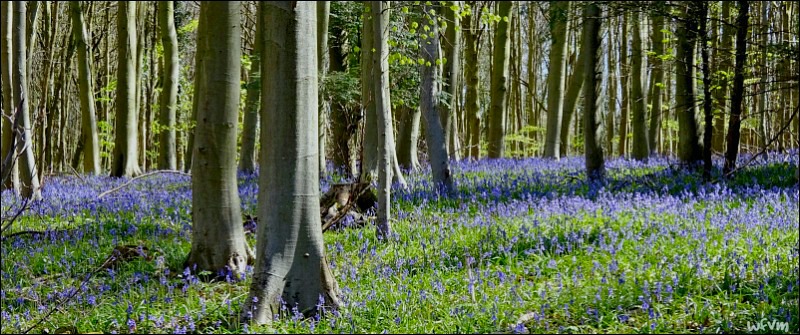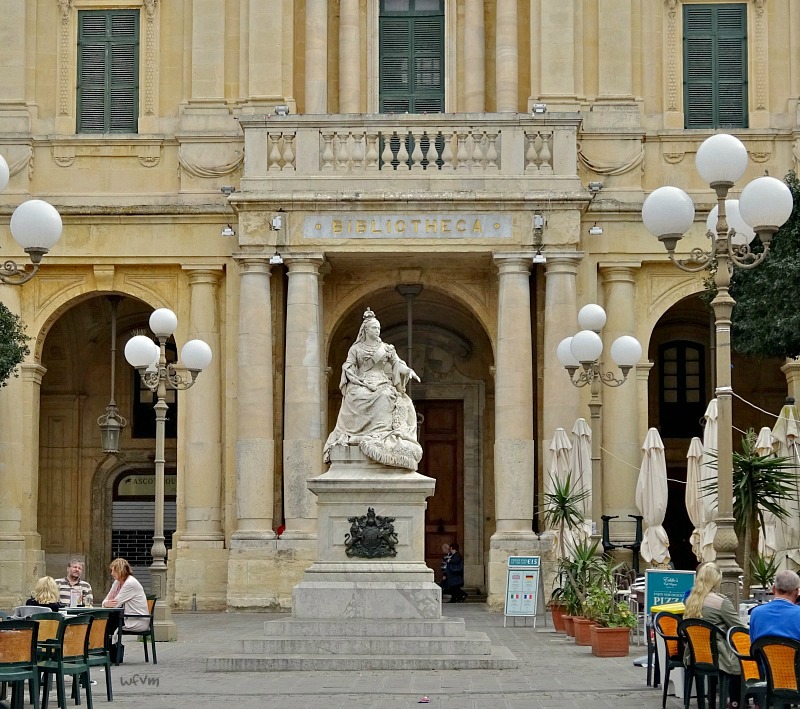I should have taken my walking boots to tackle the steep, rocky, and often dangerous cliffs that I scrambled up so easily as a youngster!!!
The cliff top bluebells may have escaped my lens, but extravagant displays of primroses caught my attention. They decorated babbling brooks, gave lacey edges to the hedgerows, prettified grassy banks along Devon's narrow lanes, and scattered their pale lemon faces all around the village churchyards.















.jpg)


































